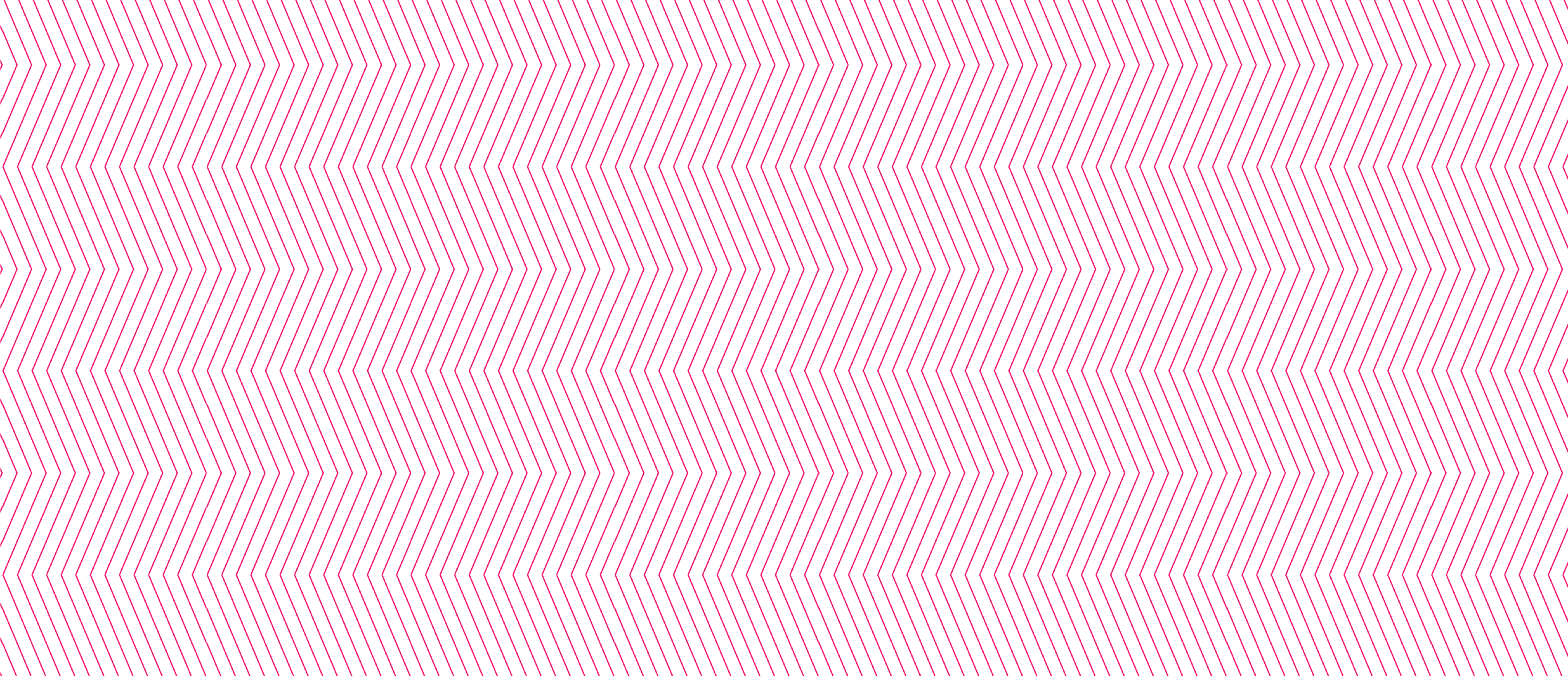
Estimated reading time: 7 minutes
Today we are going to be discussing these Healthcare Industry Web Design Trends For 2023. If you have any questions or concerns after reading this, please contact Matchbox Design Group by using the form at the bottom.
As we’ve covered manifold in the past, web design is a crucial element of business success in the digital era. As websites increasingly become the first touchpoint in customer journeys, so does the sheer value of effective design become undeniable. We’re visual creatures; a simple font choice can directly affect User Experience (UX) and our journeys’ course. While this applies to all industries, each industry has its own inherent characteristics and trends to cater to.
Related Links
There are universal web design best practices to follow, but the needs of each respective target audience must necessarily differ. One such industry is the healthcare industry. The design philosophies have continuously had to adapt to changing patients. From slow behavioral shifts to the pandemic’s impact on healthcare, the healthcare industry web design trends in action today largely mirror this journey.
The Need For Better Patient Journeys In The Post-Pandemic Digital Era
If you’re a healthcare professional, you likely know where such trends stem. As such, you may safely skip this initial introduction. What follows is a brief contextualization of the industry’s unique circumstances for everyone else.
Patient journeys have become increasingly digitized in recent years – even before the pandemic. In 2015, Google noted that “one in 20 searches [were] for health-related information”. Healthcare professionals were already delving into Search Engine Optimization (SEO), and digitized healthcare was in motion.
The pandemic acted as a drastic accelerant, expectedly. The CDC reported that “37.0% of adults” had used telehealth in 2021, and in 2022 Adobe reported that “88% of patients want to use telehealth to address non-urgent matters”. This stride toward healthcare digitization was unprecedented – but its foundations were already in place.
Today, the industry caters to a unique customer; the patient. A patient who is tech-savvy and digitally inclined and who seeks convenience, information, and remote healthcare services. A customer whose pain point is not material goods or convenient services but their health. And it’s this unique audience that healthcare web design must cater to.

Healthcare Industry Web Design Trends For 2023 And Beyond
In line with broader digital marketing trends, the healthcare industry has much to gain from universal design best practices. However, it must also account for its unique circumstances, hence the introduction above.
Considering both, consider the following web design trends and how they address the industry’s modern digital needs.
#1 Immediate Trust Signals
Every business needs to inspire trust early, but few need to do so as urgently as healthcare providers. When the pain point of one’s audience is their health and well-being, trust demands are necessarily much higher. Said demands broadly fall on web design.
For a visual example of this trend, consider the homepage of Bright Futures Treatment Center, which, as addiction treatment experts, grasp the urgent need for immediate perceptions of trust. They thus advise, in line with web design best practices, that healthcare websites offer:
- Prominently visible accreditations and certifications by relevant healthcare bodies.
- Visible patient testimonials and reviews.
- Immediately available location and contact information.
Web design practices are commonplace and highly advisable across industries because they help foster trust. The healthcare industry, however, can least afford to overlook them.

#2 Functionality
Beyond initial trust signals, another common mantra of web design is functionality. Usability beats style, important as visual flair also is, and healthcare industry web design trends adhere to this closely.
In this regard, healthcare websites are increasingly being designed with their target audience in mind. Their functionalities focus on the exact needs of their users, patients, and individuals with health concerns. There typically include:
- Appointment scheduling and booking.
- Registrations and payments.
- Calls and consultations.
In all such cases, the primary focus of healthcare web design increasingly becomes a frictionless experience. Offering users an excellent UX hinges on making such functionalities visible and straightforward, requiring as few clicks as possible. For a notable example of this in action, you may consider the Netherlands’ SpoedTest and their homepage approach to ease of access.
#3 Mobile-Friendliness
Alongside functionality comes mobile-friendliness, and with it also comes navigation structure. From your landing pages to your website’s offerings, both are qualities for all industries to strive for. That is particularly true for the healthcare industry, considering the above findings.
Mobile-friendliness is particularly important, as mobile traffic surpasses desktop traffic consistently. That also applies to local SEO, as “near me” local searches are also rising. Google has consistently treated mobile-friendliness as a ranking factor since 2015, which makes it imperative for general SEO.
Healthcare industry web design trends have continued to reflect this need, as healthcare websites apply mobile-friendliness in action through:
- Simple designs which benefit loading speeds.
- A mobile-first design philosophy, accounting for less screen real estate.
- Simple and clean menus which ease navigation.
These and similar mobile-first practices ensure responsive design, which in turn enhances UX and SEO alike. Responsive design is becoming synonymous with simplicity, and mobile-friendliness is no coincidence; there is a genuine need for it.

#4 Intuitive Navigation Structure And Website Accessibility
It should surprise a few marketers or designers that ease of navigation is a vital UX factor. What may surprise me is just how important it truly is; research by Clutch finds that 94% of users say “easy navigation is the most useful website feature.” Understandably, the healthcare industry’s audiences will likely share this sentiment for years.
As such, healthcare web design continues to focus on this quality, including through such offerings as:
- Clean home pages with few relevant category options and vital information.
- Logical page taxonomy, content hierarchy, and internal link structure.
- Robust and simple search functions.
Alongside it, and just as importantly, comes website accessibility. ADA compliance and ease of navigation aside, web design tools for the industry focus on this quality because the design must always account for its target audience. The healthcare industry caters to the elderly and individuals with mental or physical disabilities more often than many, making accessibility even more of a moral imperative.
For this reason, healthcare industry web design trends continue to embrace accessibility through such means and choices as:
- Distinguishable background and CTA colors that don’t bleed into one another.
- Descriptive alt. text for screen readers to interpret images.
- Keyboard focus, allowing for navigation without a mouse.
The industry also continues to embrace the WAVE web accessibility evaluation tool toward this goal, which promotes accessibility efforts. In combination, accessibility and a robust navigation structure ensure excellent UX and best cater to the industry’s intended audience.

#5 Comprehensive Data Visualization
Finally, the healthcare industry faces a near-unique demand for data visualization quality in Google Business Profile content or website content. Healthcare content needs to be informative to incite engagement, offer value, and offer digestible data. UX and SEO hinge on this quality, and finding the proper balance between depth and legibility is problematic.
In brief, one may identify the trifecta of comprehensive data visualization as:
- Rich and accurate data was collected from reputable sources.
- Functional and actionable data are represented accurately and legibly.
- Well-designed visualization, balancing form and function to appeal to the eye.
Beyond the ethical imperative of accurate and comprehensive data presentation, it’s also notable that such visuals can have a stark effect on engaging healthcare content. Said content can, and often should, elaborate on the data further, citing sources and dedicating space to specific angles. However, a single visual is often worth a thousand words – as the saying goes.
Conclusion
To summarize, healthcare industry web design trends largely reflect the industry’s changing needs and increasing demands. They largely adhere to web design best practices but must adjust to healthcare’s unique audiences. For this reason, they often have to focus on such elements as trust signals more strongly or approach ones like data visualization more responsibly.
The industry’s approach to web design should not signify a passing trend but rather an adaptation to a changing landscape. As telehealth and digital appointments become the norm, SEO content and impeccable design become the industry’s necessary assets. Therefore, the above trends should persist well beyond 2023, both in principle and in application.
Contact Matchbox Design Group Today!
If your website could use a refresh or you’re looking to drive more traffic to your site, fill out the form below and we’ll contact you to learn more about your digital needs.

